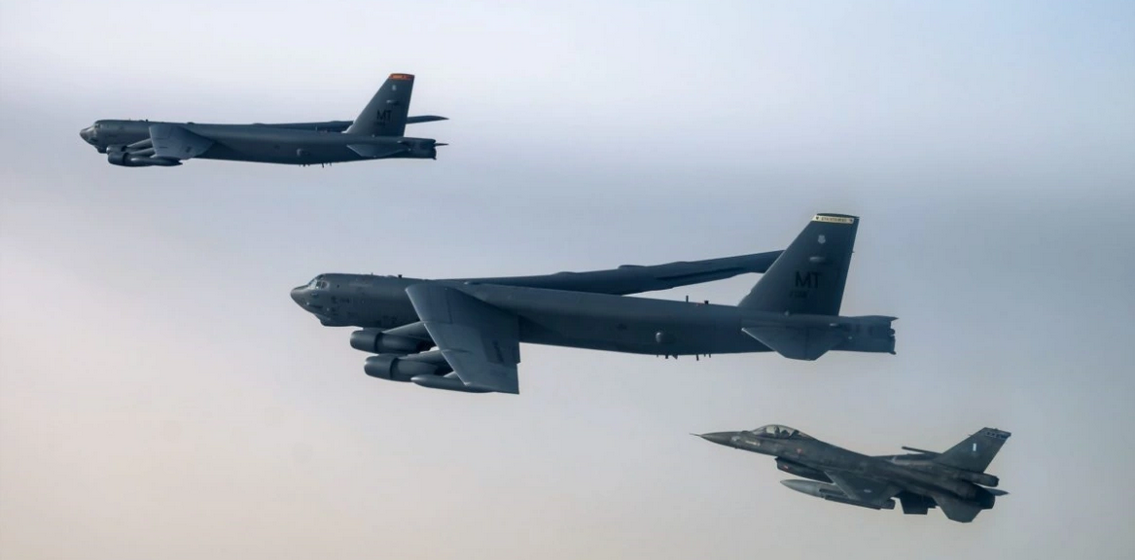As it idled on the flight line here, a B-52H Stratofortress known as the Red Gremlin II looked much the same as it did in the 1960s.
But the U.S. Air Force’s B-52 bomber fleet is showing its age, and the Red Gremlin II is no exception.
On a crisp, clear morning in January, its five-person aircrew from the 11th Bomb Squadron ran through preflight checks for a training mission, tallying up what was broken and how serious the problems were.
Instructor pilot Lt. Col. Michael DeVita’s digital display — a relatively recent system known as the Combat Network Communications Technology, or CONECT — wasn’t working.
The radar altimeter was down and the targeting pod display, needed for a key element of the planned simulated bombing, was on the fritz.
At one point, DeVita, the squadron commander, leaned over and gave a stubborn dial three solid taps to unstick it.
After breakups, the brokenhearted are creating AI clones of their exes
For the last six decades, the Red Gremlin II and the other 75 B-52s still in use have been the backbone of the Air Force’s bomber fleet.
They have conducted around-the-clock nuclear alert missions at the edge of Soviet airspace as well as massive bombing campaigns during the Vietnam War.
They helped carry out strikes on Iraq that paved the way for the rapid ground assault of Operation Desert Storm.
And in recent years, these aircraft conducted precision-guided strikes against the Taliban and the Islamic State group.
Continue here: Defense News
Ask me anything
Explore related questions





